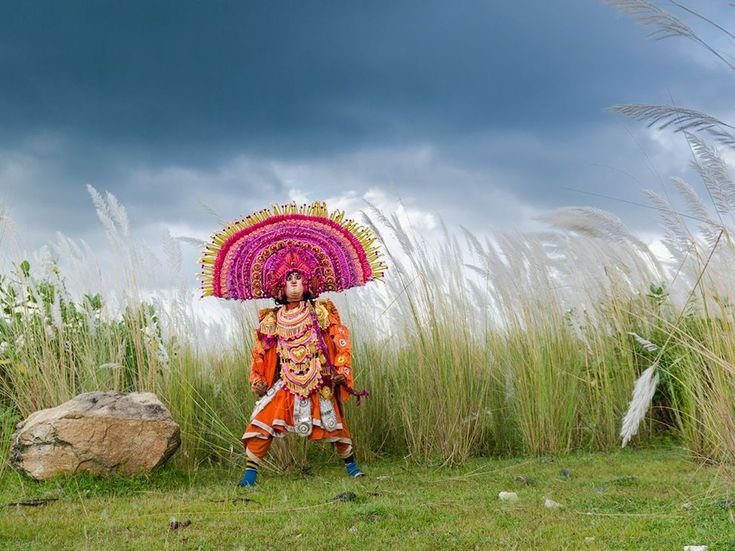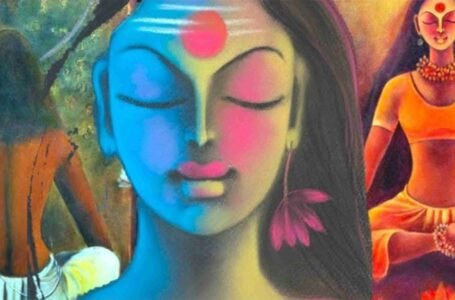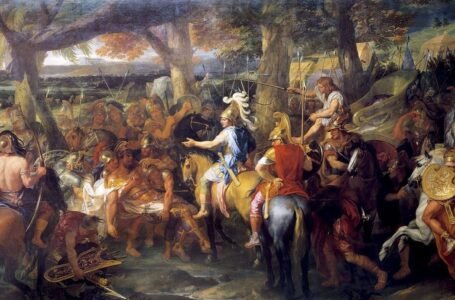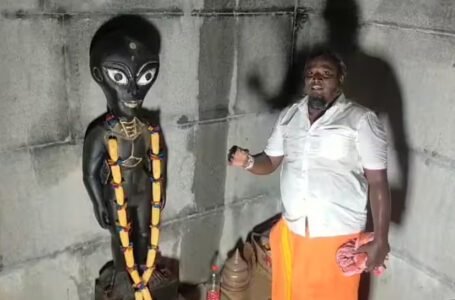Purulia Chhau: The Mask Dance of West Bengal Facing Modern Challenges

Purulia Chhau, a semi-classical folk dance originating from the Purulia district of West Bengal, stands as a testament to India’s rich cultural heritage. This masked dance, renowned for its vibrant costumes, intricate masks, and dramatic storytelling, combines elements of martial arts and folk traditions. With its roots tracing back to ancient times, Purulia Chhau narrates epics and mythological tales like the Ramayana and Mahabharata, celebrating the eternal triumph of good over evil. However, despite its grandeur and historical significance, Purulia Chhau faces challenges of modernization, dwindling interest, and economic hardships, threatening its authenticity and survival.
The Origins of Chhau Dance
Purulia Chhau is one of the three primary forms of Chhau dance, alongside Seraikela Chhau from Jharkhand and Mayurbhanj Chhau from Odisha. Each style has its unique characteristics, with Purulia Chhau being distinguished by its elaborate masks and martial elements. The word “Chhau” is believed to derive from “chhauni” or military camps, reflecting the dance’s origins as a martial art performed by soldiers to depict battles and heroic feats.
Traditionally, Purulia Chhau was performed exclusively by men, with themes centered around gods, demons, and animals. The dance style evolved within rural communities, blending local folklore with spiritual devotion. Over time, it became an integral part of festivals, particularly during the Chaitra Parva (spring festival) when communities came together to celebrate the dance as an offering to the gods.
The Performance: Art In Motion
The Purulia Chhau dance is a visual spectacle. Performers don brightly colored costumes and masks, transforming into characters from epics and folklore. The masks, crafted by skilled artisans, represent gods, goddesses, demons, and animals. For example, masks of deities like Durga and Ganesha are intricately designed with divine embellishments, while demon masks feature exaggerated features such as bushy eyebrows and fierce expressions to heighten their dramatic appeal.
The storyline typically revolves around mythological tales like the battle between Goddess Durga and Mahishasura, emphasizing themes of valor, devotion, and morality. The dance begins with a prayer to Lord Ganesha, setting a spiritual tone. The performers, accompanied by traditional instruments like the dhol, nagara, and bansuri, execute vigorous movements such as leaps, twirls, and cartwheels, seamlessly blending drama with acrobatics. The rhythmic beats of the music build suspense, culminating in a climactic showdown between good and evil.
The Art of Mask-Making
An essential element of Purulia Chhau is its masks, crafted in the village of Charida in the Purulia district. This art form is a labor-intensive process that requires immense skill and creativity. The masks are first sculpted using clay molds, which are then layered with paper and polished before being painted and decorated. Each mask is a masterpiece, embodying the character it represents.
In addition to being functional props for dancers, these masks have become symbolic of the region’s artistic heritage. Over time, smaller masks have been created for decorative purposes, allowing the art to reach a wider audience. However, the mask-making tradition, like the dance itself, faces challenges due to declining patronage and the migration of artisans to urban areas in search of better opportunities.
The Three Schools of Chhau
While Purulia Chhau holds its own identity, it shares commonalities with its counterparts—Seraikela Chhau and Mayurbhanj Chhau.
- Purulia Chhau: Known for its grand, vibrant masks and energetic performances, this style emphasizes storytelling and drama.
- Seraikela Chhau: Originating from Jharkhand, Seraikela Chhau uses smaller, minimalist masks and focuses on graceful, delicate movements. The royal family of Seraikela has been a significant patron, preserving and promoting the dance form.
- Mayurbhanj Chhau: From Odisha, this style is maskless, relying solely on expressive movements and gestures to convey emotions and narratives.
Each school has its distinct features but shares a common purpose: celebrating cultural heritage and spiritual devotion.
UNESCO Recognition and Revival Efforts
In 2010, Purulia Chhau was inscribed on UNESCO’s Representative List of the Intangible Cultural Heritage of Humanity. This recognition highlighted the dance’s significance as a cultural treasure that unites diverse communities through shared traditions. UNESCO emphasized Chhau’s ability to bring together people from different social and ethnic backgrounds, fostering communal harmony.
Despite this global acknowledgment, Purulia Chhau has faced significant challenges. The rise of modern entertainment, industrialization, and economic pressures has led to a decline in its popularity. Many artists have abandoned the tradition due to lack of financial support, and the performances have been increasingly modernized, compromising their authenticity.
Challenges and the Fight for Survival
The survival of Purulia Chhau hinges on addressing several critical issues:
- Economic Pressures: Many Chhau performers and mask-makers struggle to sustain their livelihoods, leading to a decline in interest among younger generations.
- Modernization: The incorporation of contemporary elements in performances has diluted the traditional essence of the dance, alienating purists.
- Lack of Documentation: The absence of comprehensive documentation has hindered the preservation and promotion of Chhau as an art form.
- Urban Migration: Many artisans and performers migrate to cities for better opportunities, leaving rural communities devoid of cultural practitioners.
Efforts to Preserve Purulia Chhau
Despite the challenges, there have been concerted efforts to revive and sustain Purulia Chhau.
- NGO Support: Organizations like Banglanatak.com have been instrumental in promoting Chhau by organizing workshops, performances, and international tours for artists.
- Tourism Development: Promoting Purulia as a cultural tourism destination has the potential to provide economic support to performers and artisans. Visitors to the region can enjoy Chhau performances alongside exploring its natural and historical attractions.
- Royal Patronage: Former royal families in Seraikela and Mayurbhanj continue to support Chhau through training academies and cultural events, ensuring the tradition is passed on to future generations.
- Government Initiatives: State governments have organized dance festivals and provided financial aid to Chhau artists, encouraging their participation in cultural events.
Women in Chhau Dance
Traditionally, Chhau was performed exclusively by men, but recent years have seen an increasing number of women participating in the dance. This marks a significant shift, reflecting the evolving nature of cultural practices and the growing popularity of Chhau among younger generations.
Conclusion: Preserving a Cultural Treasure
Purulia Chhau is more than just a dance—it is a celebration of India’s rich heritage, storytelling, and spiritual devotion. Its elaborate masks, vibrant costumes, and dramatic performances capture the imagination and transport audiences to a world of myth and legend. However, the challenges of modernization, economic constraints, and cultural shifts threaten its authenticity and survival.
To ensure the legacy of Purulia Chhau endures, it is imperative to promote and support this art form through education, documentation, and financial aid. By fostering a renewed appreciation for this cultural treasure, we can preserve it for generations to come, ensuring that the vibrant spirit of Purulia Chhau continues to captivate audiences worldwide.


